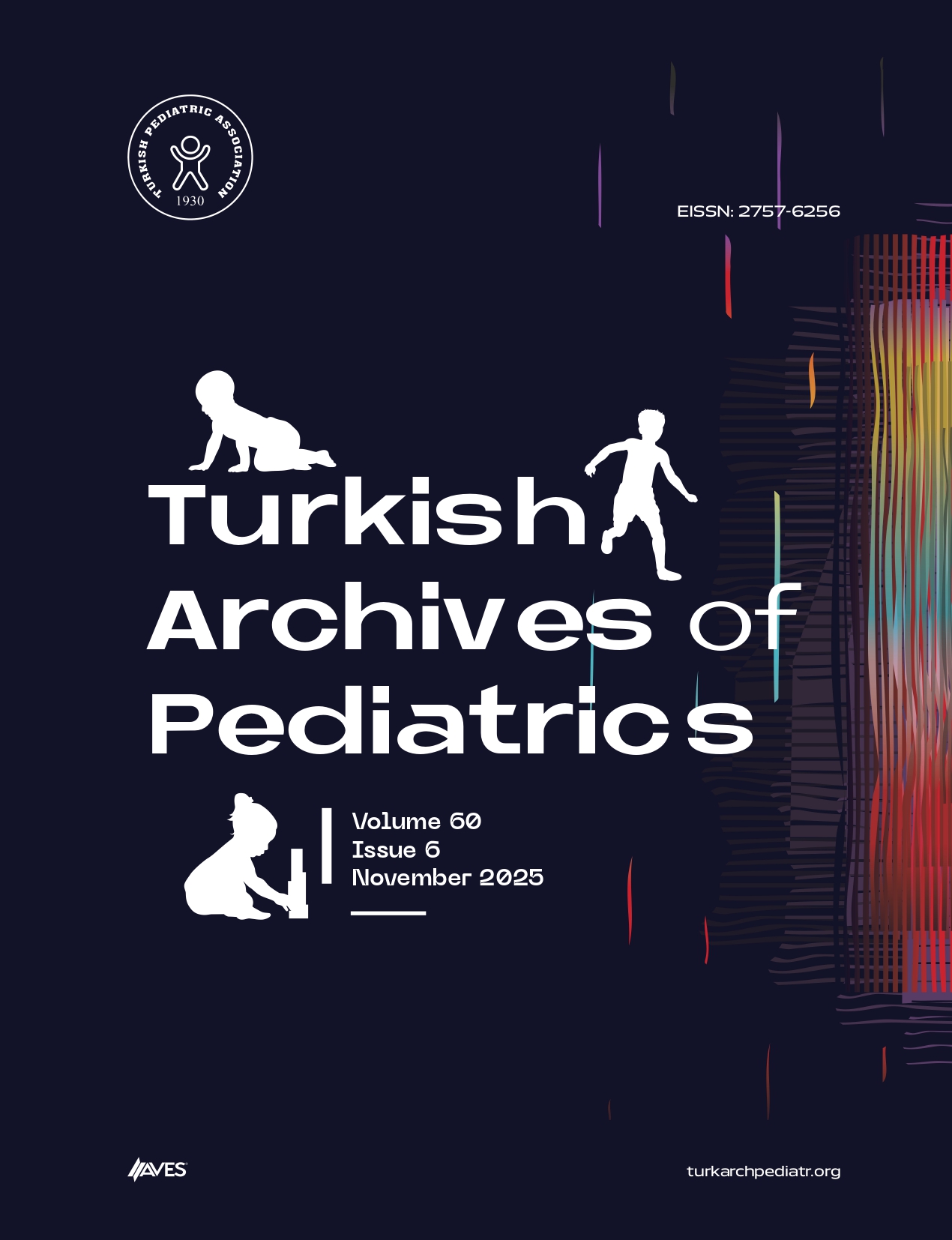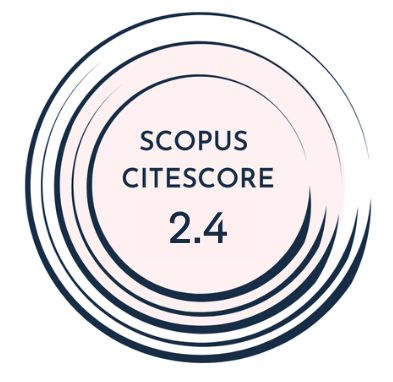Objective: In this study, we assessed the functional and biopsychosocial characteristics of juvenile idiopathic arthritis (JIA) patients according to disease subtypes.
Materials and Methods: Child Health Assessment Questionnaire (CHAQ), Juvenile Arthritis Disease Activity Score-71 (JADAS-71), and Juvenile Arthritis Biopsychosocial Questionnaire (JAB-Q) scales were administered to 304 JIA patients, and the subscale of JAB-Q was administered to their families.
Results: The median age of JIA patients at diagnosis was 7.9 (5.5-13) years (female/male = 1.3). Most patients were under treatment (68.7%) and had inactive disease (69.3%). While there was no significant difference between JADAS-71 scores according to the JIA subtypes, total CHAQ scores in polyarticular JIA patients were higher than in systemic JIA patients (P = .005). Enthesitis-related arthritis (ERA) patients had higher JAB-Q fatigue total scores compared to systemic JJIA patients (P = .001). Juvenile Arthritis Biopsychosocial Questionnaire—child psychosocial status scores were higher in polyarticular JIA patients than oligoarticular and systemic JIA patients (P = .004 and P = .003, respectively), and they had higher JAB-Q child form total scores than systemic JIA patients (P = .006). In addition, systemic JIA patients’ parents had higher JAB-Q family total scores compared to oligoarticular JIA patients’ parents (P = .03).
Conclusion: Our results suggest that polyarticular JIA patients had higher CHAQ, JAB-Q psychosocial status, and child form total scores, and the JAB-Q fatigue score was higher in ERA patients. Also, JAB-Q—parent scores were higher in systemic JIA patients’ parents. Biopsychosocial characteristics should be evaluated in both JIA patients and their parents.
Cite this article as: Şener S, Karaca NB, Kaşlı K, et al. Comparison of biopsychosocial characteristics of children with juvenile idiopathic arthritis according to common disease subtypes. Turk Arch Pediatr. 2023;58(6):625-630.



.png)

